Filter by
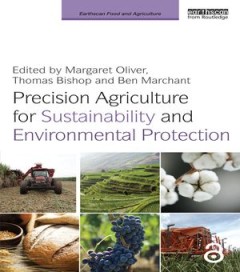
Precision Agriculture for Sustainability and Environmental Protection
Precision agriculture (PA) involves the application of technologies and agronomic principles to manage spatial and temporal variation associated with all aspects of agricultural production in order to improve crop performance and environmental quality. The focus of this book is to introduce a non-specialist audience to the the role of PA in food security, environmental protection, and sustainab…
- Edition
- -
- ISBN/ISSN
- 9781136468254, 1136468250
- Collation
- -
- Series Title
- -
- Call Number
- -
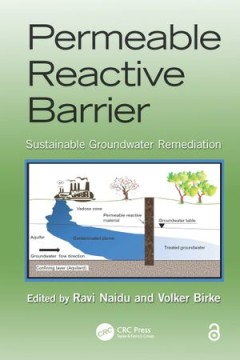
Permeable Reactive Barrier Sustainable Groundwater Remediation
Remediation of groundwater is complex and often challenging. But the cost of pump and treat technology, coupled with the dismal results achieved, has paved the way for newer, better technologies to be developed. Among these techniques is permeable reactive barrier (PRB) technology, which allows groundwater to pass through a buried porous barrier that either captures the contaminants or breaks t…
- Edition
- -
- ISBN/ISSN
- 9781482224481, 1482224488
- Collation
- -
- Series Title
- -
- Call Number
- -

Historical Agriculture and Soil Erosion in the Upper Mississippi Valley Hill …
This thought-provoking book demonstrates how processes of landscape transformation, usually illustrated only in simplified or idealized form, play out over time in real, complex landscapes. Trimble illustrates how a simple landscape disturbance, generated in this case by agriculture, can spread an astonishing variety of altered hydrologic and sedimentation processes throughout a drainage basin.…
- Edition
- -
- ISBN/ISSN
- 1466555750, 9781466555754
- Collation
- -
- Series Title
- -
- Call Number
- -
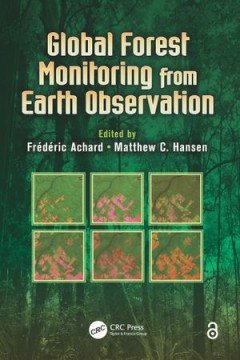
Global Forest Monitoring from Earth Observation
Covering recent developments in satellite observation data undertaken for monitoring forest areas from global to national levels, this book highlights operational tools and systems for monitoring forest ecosystems. It also tackles the technical issues surrounding the ability to produce accurate and consistent estimates of forest area changes, which are needed to report greenhouse gas emissions …
- Edition
- -
- ISBN/ISSN
- 1466552026, 9781466552029
- Collation
- -
- Series Title
- -
- Call Number
- -
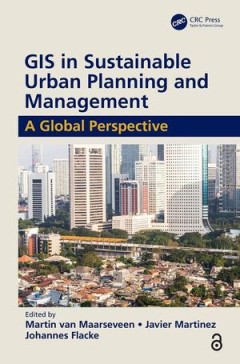
GIS in Sustainable Urban Planning and Management A Global Perspective
GIS is used today to better understand and solve urban problems. GIS in Sustainable Urban Planning and Management: A Global Perspective, explores and illustrates the capacity that geo-information and GIS have to inform practitioners and other participants in the processes of the planning and management of urban regions. The first part of the book addresses the concept of sustainable urban devel…
- Edition
- -
- ISBN/ISSN
- 9781315146638
- Collation
- -
- Series Title
- -
- Call Number
- -

GIS in Sustainable Urban Planning and Management A Global Perspective
GIS is used today to better understand and solve urban problems. GIS in Sustainable Urban Planning and Management: A Global Perspective, explores and illustrates the capacity that geo-information and GIS have to inform practitioners and other participants in the processes of the planning and management of urban regions. The first part of the book addresses the concept of sustainable urban devel…
- Edition
- -
- ISBN/ISSN
- 9781315146638
- Collation
- -
- Series Title
- -
- Call Number
- -
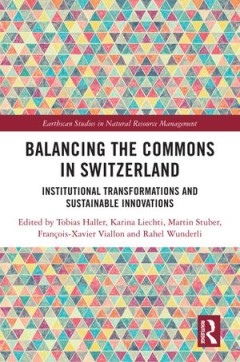
Balancing the Commons in Switzerland Institutional Transformations and Susta…
Balancing the Commons in Switzerland outlines continuity and change in the management of common-pool resources such as pastures and forests in Switzerland.The book focuses on the differences and similarities between local institutions (rules and regulations) and forms of commoners’ organisations (corporations of citizens and corporations) which have managed common property for several centuri…
- Edition
- -
- ISBN/ISSN
- 9781000367171, 1000367177
- Collation
- -
- Series Title
- -
- Call Number
- -
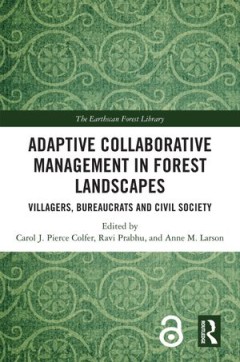
Adaptive Collaborative Management in Forest Landscapes Villagers, Bureaucrat…
This book examines the value of Adaptive Collaborative Management for facilitating learning and collaboration with local communities and beyond, utilising detailed studies of forest landscapes and communities. Many forest management proposals are based on top-down strategies, such as the Million Tree Initiatives, Forest Landscape Restoration (FLR) and REDD+, often neglecting local communities. …
- Edition
- -
- ISBN/ISSN
- 9781000483017, 1000483010
- Collation
- -
- Series Title
- -
- Call Number
- -
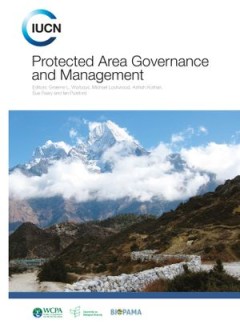
Protected Area Governance and Management
Protected Area Governance and Management presents a compendium of original text, case studies and examples from across the world, by drawing on the literature, and on the knowledge and experience of those involved in protected areas. The book synthesises current knowledge and cutting-edge thinking from the diverse branches of practice and learning relevant to protected area governance and manag…
- Edition
- -
- ISBN/ISSN
- 9781925021691
- Collation
- -
- Series Title
- -
- Call Number
- -
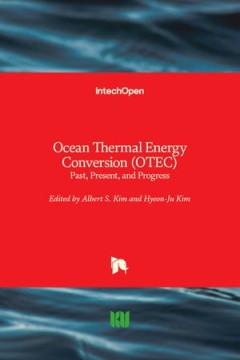
Global Trends & Challenges in Water Science, Research and Management: A compe…
The global water challenge is unprecedented. Climate change, rapid urbanisation, increasing consumption and demand for food and energy, and changing land use, will leave few countries and communities unaffected. The demand for water and sanitation services is greater than it has ever been, and water has never been higher on the agenda. The Sustainable Development Goals (SDGs) not only provide a…
- Edition
- -
- ISBN/ISSN
- 9781780408378
- Collation
- -
- Series Title
- -
- Call Number
- -
 Computer Science, Information & General Works
Computer Science, Information & General Works  Philosophy & Psychology
Philosophy & Psychology  Religion
Religion  Social Sciences
Social Sciences  Language
Language  Pure Science
Pure Science  Applied Sciences
Applied Sciences  Art & Recreation
Art & Recreation  Literature
Literature  History & Geography
History & Geography